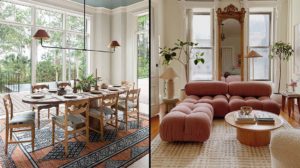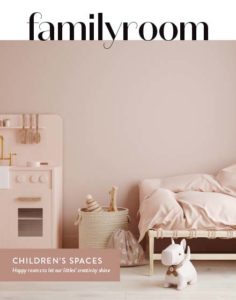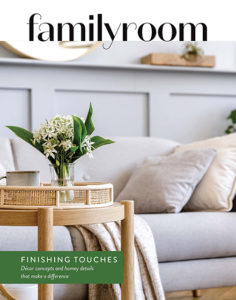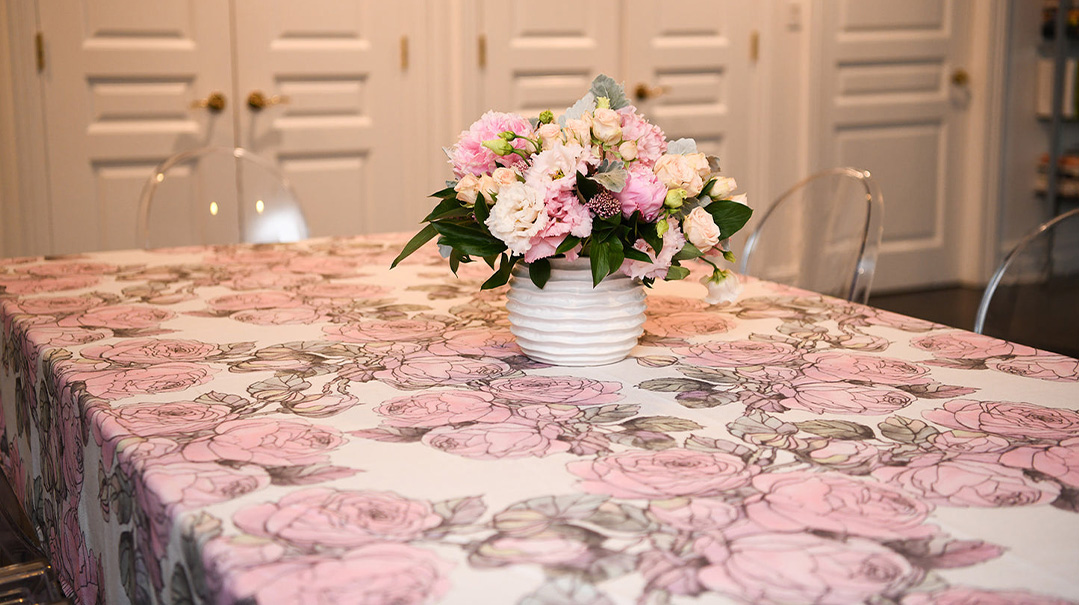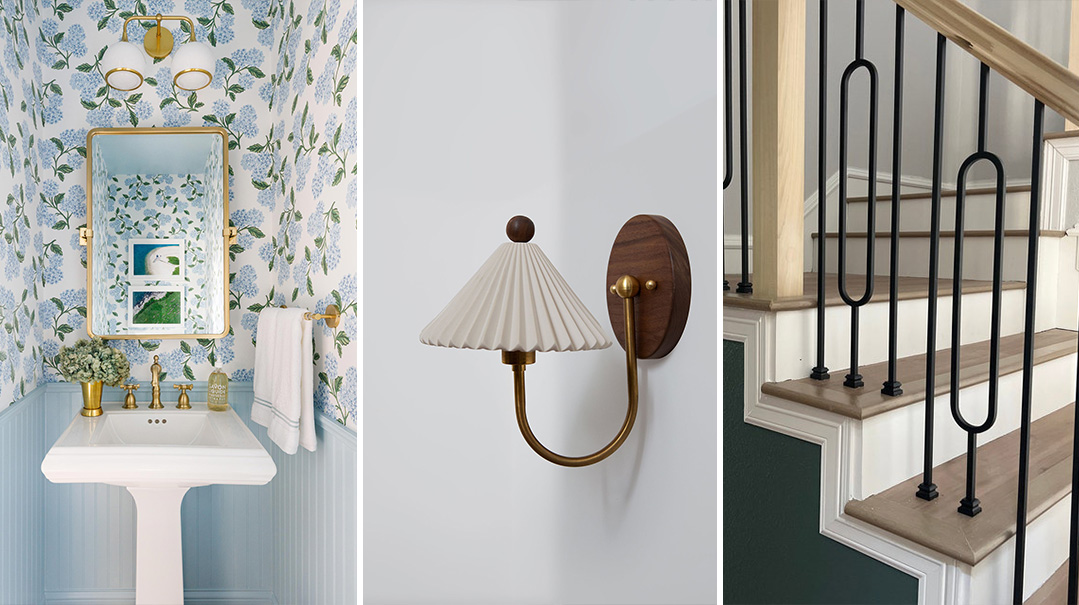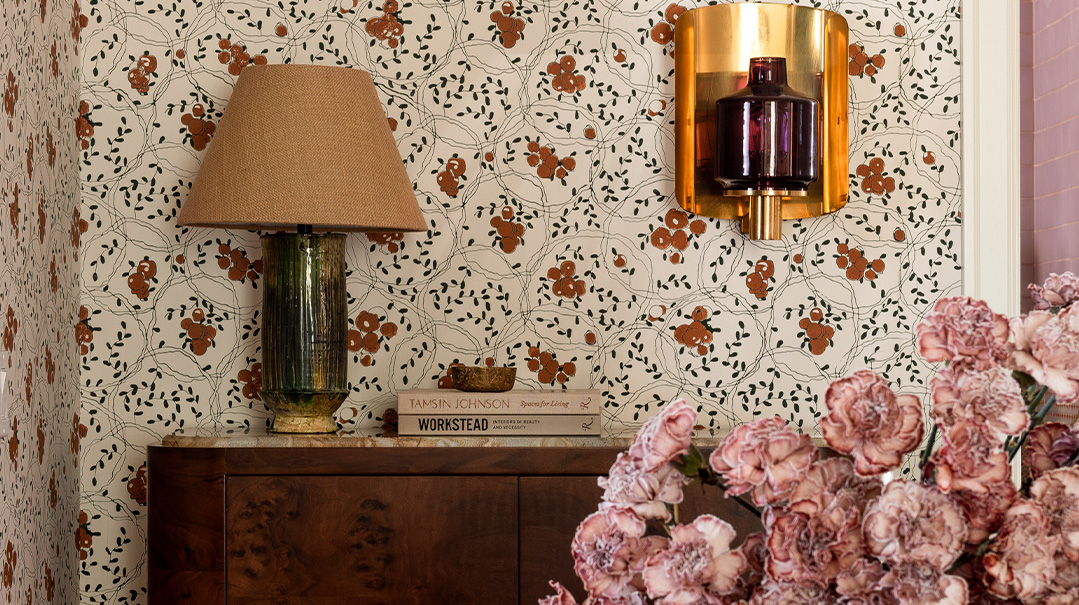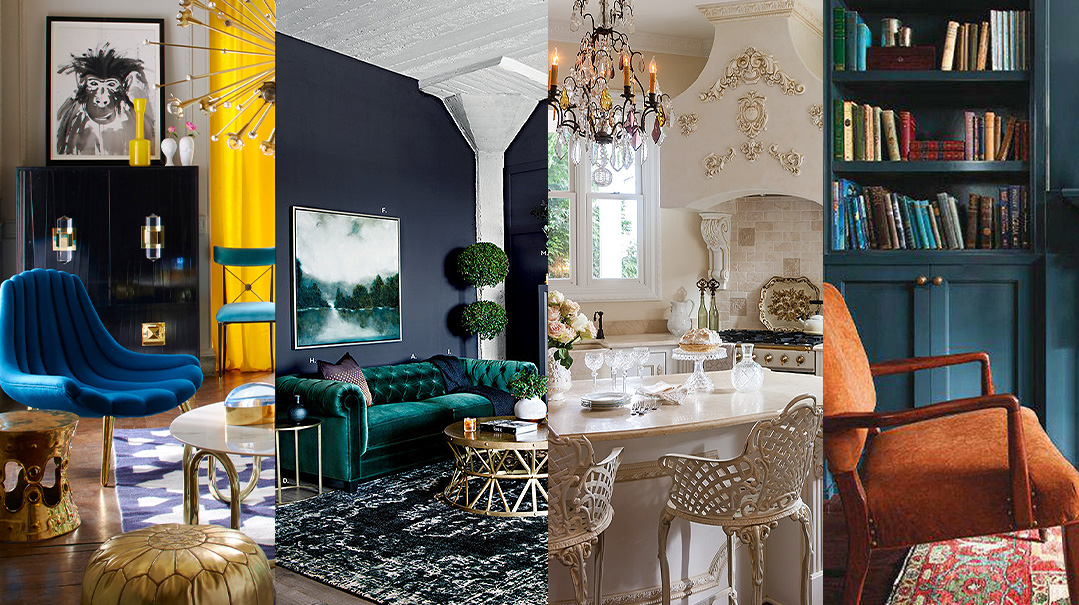Reno Rules – Time to Break Them


Desk-less Chani is listening to a math class in her bed, o ce-less Dad is working at the dining room table, classroom-less Mom is recording lessons at the kitchen table, and gym-less Mindy is trying out her new exercise equipment in the basement.
Our homes are working overtime and crying out for a change, having doubled and tripled in function this past year. By necessity, the design world has broken rules and boundaries to accommodate the times. While this situation is far from ideal, I do have a few tips to give your home the double duty it needs, in ways that you may not have been expecting to hear. professional perspective
1. Purchase smarter furniture.
The standard closet just doesn’t do it anymore. Every room in the house works hard and needs its tools. Try to source furniture that doubles in purpose. Request sliding desks that pull out of closets, built-in drawers to hold a laptop in your kitchen table or breakfast bar, or — my personal favorite — cubbies for dumbbells and basic exercise equipment in bedrooms. No more excuses!
2. Put the walls and doors back up.
The open kitchen plan may have become a design of the past. O ce work at the dining room table interrupted by banging pots in the kitchen is no longer something that can be tolerated. Put a set of sliding pocket doors on your kitchen or living room and appreciate another space for productive work or a private conversation.
The “open concept” fad works great for some people, but don’t think that in order to make a big difference in your space you need to completely rework the blueprint of your home or open up all the walls in place. Structure and definition give purpose to your home, and they also dictate flow. Open floor plans are nice, but so is privacy.
3. Don’t just use paint on your walls, use it on the floor.
Instead of ripping out old hardwood or tile, paint over it in a high-gloss finish to add quirkiness and interest to your space at a fraction of the cost.
4. Learn inches from IKEA.
Need to sprout workspaces all over the house? Want to know the minimum amount of space you need to create a functional desk or storage shelf? Need creative ideas to store art supplies in the kitchen? Forget the large and spacious furniture pieces you’re used to. Use the IKEA website as a dimension guide to learn what works in every small nook and cranny of your home.
5. Protect your walls.
There are loads of new options on the market to replace the standard wallpaper. Try low-maintenance options like stone tiles, tempered glass, wood, or Formica paneling, which add a chic finished look — and, more importantly, a bit of soundproofing.
6. Plastic is in.
Whoever decided that dining room chairs should be upholstered obviously didn’t have children who hang out at the dining room table doing homework and art projects all day. Switch out your classic dining room chairs for stylish Lucite chairs made of durable, easily cleaned acrylic. Once again, function reigns supreme.
7. Disinfection at the door.
“Get those hands washed before you touch anything in the house!” This new necessity has inspired homeowners to include sophisticated sinks as a design piece in the mudroom or entranceway of the home. Avoid the water mess by making sure the basin is large enough to catch the water and the sink has a nearby stool for the kids. Include a disinfection zone in your mudroom next to the backpacks for hand sanitizer, masks, and hand towels or paper towels.
8. Personalize your space.
You’re spending a lot of time there, so you may as well love your space. Allow your teen to wallpaper her room with her favorite photos or paint a section of the playroom with magnetic or chalkboard paint. A relaxed attitude allows your kids to have the freedom to style their spaces as they wish.
9. Symmetry is overrated.
I love the interest and intrigue that comes with a space that is purposeful in its intent to lay things out off center. For example, if you’re working on a kitchen remodel, try o - setting your range and hood, instead of placing them dead center in your space. This creates the perfect element of visual tension.
10. Don’t break the budget.
A small budget doesn’t mean that home improvements can’t be made. Let your minimum budget get the creative side of you going. Make a list of the changes that will most affect the functionality and atmosphere of your home, and then do your research. You’ll be surprised to find an inexpensive alternative, some useful DIY guides, a great second hand piece, or a professional in- training to get the job done.
Let us know how it goes!
Yael Wiesner, author of “How Does SHE Manage?” (Feldheim), works as a professional organizer and interior designer around Israel. She crafts beautiful rooms that will streamline your day, maximize your space, and increase e ciency in your home. You can reach her at yael@yaelwiesner.com.
(Originally featured in Family Room, Issue 015)
Oops! We could not locate your form.
